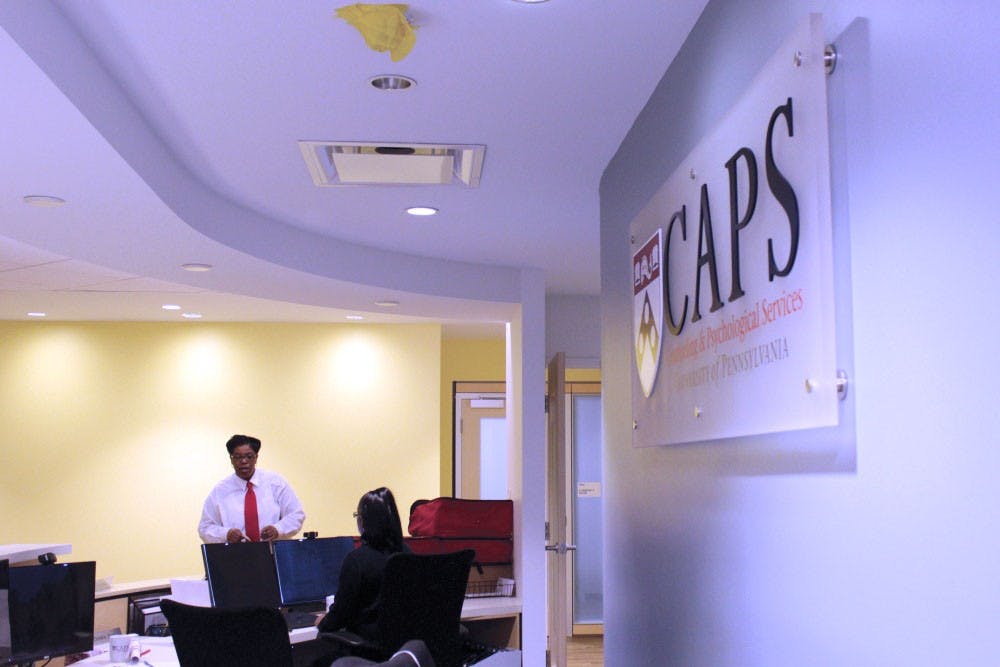
CAPS has seen steady increases in funding from the university
Over the past four fiscal years, funding for Counseling and Psychological Services has seen a 24 percent leap, an increase that reflects Penn’s increased focus on mental wellness.
Between fiscal years 2014 and 2016, the University increased CAPS funding by around $860,000. During this period, funding was increased more for CAPS than for almost any other area of the budget for student activities or services, said Vice President for Budget and Management Analysis Bonnie Gibson.
“Almost every year, there have been requests for additional funding for CAPS, and almost every year, those requests have been granted,” Gibson said.
The University determines funding for services like CAPS through an annual budgeting process. The school takes the budget from the previous fiscal year and typically sets a 2 percent increase in funding. If units feel that they need more money, they can submit a request for additional funding.
The majority of the money CAPS receives is spent on salaries for new hires, according to Director Bill Alexander.
“Starting [from the] 2014-15 academic year, CAPS began to increase the size of our staff to meet the need of the student body,” Alexander said. “Almost the entire budget is salary. When we spend money, we spend it on people.”

From 2014 to 2015, CAPS used half a million dollars to hire five staff members — a psychology post-doctorate holder, a psychologist, a social worker, an Advanced Practice Psychiatric Nurse and a case manager. In early 2016, they are looking to hire a Coordinator of Prevention Programs.
Since 2006, CAPS has more than doubled in size. Non-urgent appointment wait times, which were an average of 13.2 days during the 2012-13 school year, have dropped to an average of 2-3 days during 2014-15.
The percentage of students using CAPS has increased by about 2 percent in the past two years and 5 percent in the past nine years.
“Right now, CAPS is seeing about 20 percent of the undergraduate population and about 10 percent of the graduate population,” Alexander said. “It averages somewhere around 14.5-15 percent.”
While the 2017 fiscal year report has not yet been released, Gibson called a future decrease in CAPS funding “absolutely impossible.”
“I can’t imagine a decrease,” she said. “At the bare minimum, they would assume a 2 percent increase.”
However, Alexander said he doesn’t foresee a significant increase in CAPS funding in the future, because CAPS has caught up with the projected “saturation point” of student use in the past year.
“When we benchmark ourselves against comparable schools, we see that they are serving similar percentages of students,” he said. “We finally got up to that mark. I doubt that we’re going to jump up to 25 or 26 percent of the undergraduate population, so we’re probably pretty stable. We’re in good shape.”
The Daily Pennsylvanian is an independent, student-run newspaper. Please consider making a donation to support the coverage that shapes the University. Your generosity ensures a future of strong journalism at Penn.
DonatePlease note All comments are eligible for publication in The Daily Pennsylvanian.




